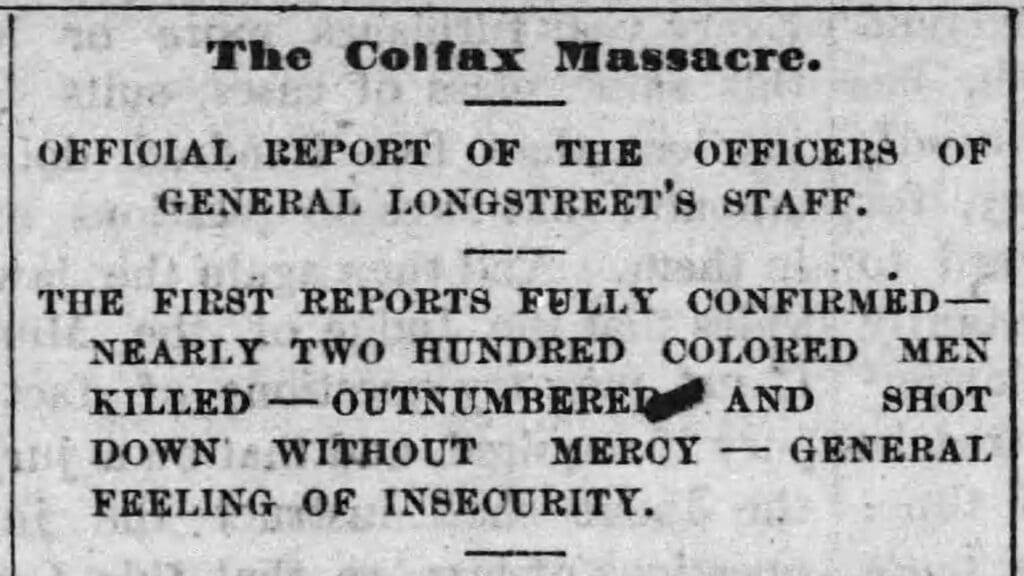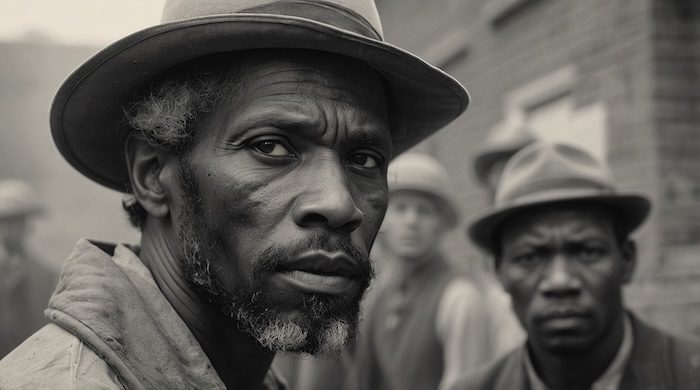
Freedmen’s Bureau "Murders & Outrages"
1865–1872
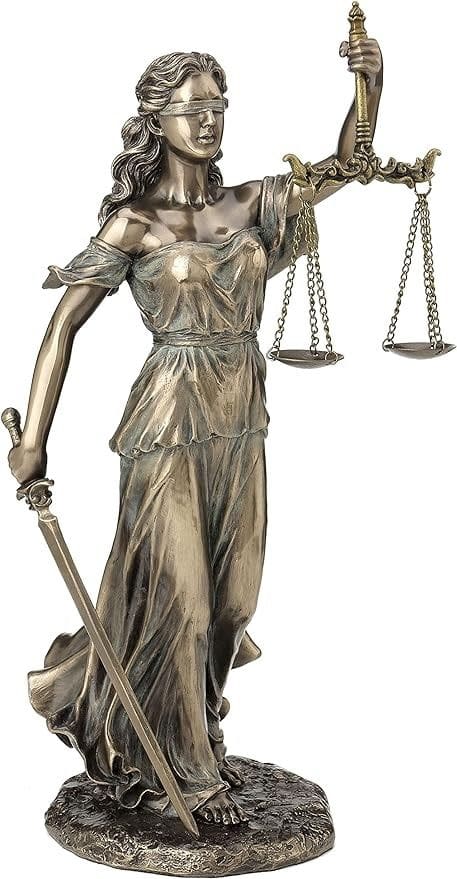
What these records are
During Reconstruction, the Freedmen’s Bureau asked its state and local officers to file “Reports of Murders and Outrages.” These reports documented killings, assaults, intimidation, arson, and other violence targeting freedmen and freedwomen, as well as Unionists and Bureau allies. They are among the most direct primary sources for understanding post-Civil War racial violence and the struggle to enforce Black civil rights.
What the reports contain
Entries typically name victims and (when known) perpetrators; give dates, places (county/parish), circumstances, and any legal follow-up (arrest, trial, or “no action”). Formats range from narrative letters to tables like “Semi-Monthly Report of Outrages by Whites Against Blacks.”
Why the Bureau compiled these reports

Commissioner O. O. Howard ordered systematic tallies in late 1866 to prove the extent of violence and argue for federal protection when local authorities refused to act. In practice, the reports became an evidence base for Congress and the Army about conditions on the ground.
A contemporary assessment (Texas, 1868):
“The murder of Negroes is so common as to render it impossible to keep an accurate account of them.”, Gen. J. J. Reynolds, commanding in Texas.
Key challenges the reports reveal
- ➡️ Near-total impunity: Local courts and juries rarely punished white perpetrators; Bureau officers repeatedly complained that civil authorities would not prosecute. In Texas, one study using Bureau and court data found over 1,000 murders by May 1868—with only one conviction, of a Black defendant.
- ➡️ Organized terror: Violence escalated around elections and labor conflicts, with Klan and allied groups using murder, whipping, and arson to suppress Black political power. Federal Klan investigations (1871–72) confirmed widespread, coordinated attacks
- ➡️ Limited capacity: The Bureau was small, temporary, and often obstructed by local officials. Even where troops were present, coverage was uneven.
Bottom line: A white person who murdered a Black person was very unlikely to face punishment in many parts of the South during these years; the reports, Army correspondence, and congressional hearings document this pattern repeatedly.
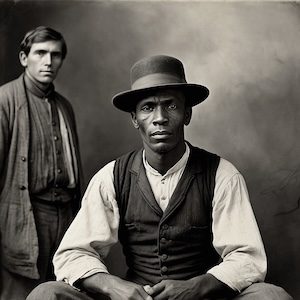

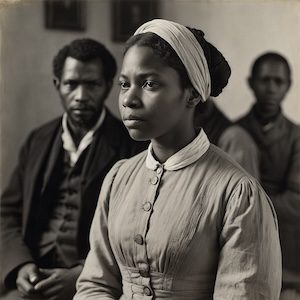
Where these reports exist (states & scope)
NARA’s Record Group 105 includes riot, murders, and outrages records for AL, AR (including Indian Territory), DE, FL, GA, KY, LA, MD, MS, MO, NC, SC, TN, TX, VA, and DC (coverage varies by place and date). Another resource is The Freedmen’s Bureau Online.
Explore Murders and Outrages Records by State
“Hover over a county or parish to see its name, Microfilm Publication, and a description of the records available. Each county/parish contains one or more markers showing the locations of Freedmen’s Bureau field offices. Click a marker to open that office’s records page, where you’ll find links, context, and research tips. You can also use the Select: dropdown menu above the map to jump directly to a county or parish.”
- Freedmen’s Bureau Field Offices (placed by county)
Who appears in the reports?
- ➡️ Victims: Predominantly Black freedmen and freedwomen; also white Unionists, teachers, and officials.
- ➡️ Perpetrators: Often white civilians, ex-Confederates, local law officers, and organized vigilantes.
- ➡️ Native people: Seldom, but Indian Territory appears in the Arkansas files; Bureau officers occasionally reported on violence there, including against Freedmen of the Five Tribes.
- ➡️ The vast majority document white-on-Black violence and intimidation; some entries cover other victims (e.g., white Unionists) and occasional Black-on-Black incidents, but Bureau officers repeatedly emphasized organized white terror.
Colfax Massacre — what happened, when, and why
On Easter Sunday, April 13, 1873, armed white militias attacked Black militia and Republican officeholders defending the Grant Parish courthouse in Colfax, Louisiana. The assault grew out of the violently contested Louisiana gubernatorial election of 1872, with white supremacist paramilitaries seeking to overthrow local Reconstruction government. Most Black victims were killed after they surrendered. Historians regard Colfax as the single deadliest episode of Reconstruction-era racial violence.
How many were killed?
Exact counts vary because bodies were hidden or dumped in the Red River. Modern scholarship typically estimates around 150 Black men killed (with three white men also dead). Some contemporary accounts claimed numbers approaching 200; documented tallies name at least 80–100+ victims. The best-supported range today is ~150.
Federal prosecutors charged ringleaders under the Enforcement Act of 1870 (meant to curb Klan violence). But in United States v. Cruikshank (1876), the Supreme Court overturned the convictions, ruling that the Fourteenth Amendment constrained state action, not private conspiracies. The decision crippled federal ability to protect Black citizens and emboldened paramilitary groups across the South. For decades, a Louisiana state marker miscast the event as a “riot.” In 2021 the marker was removed; for the 150th anniversary (2023) a new granite memorial listing known victims and wounded was unveiled in downtown Colfax.
Key Massacres
➡️ Memphis, TN (May 1866): Dozens killed; homes, churches, schools burned; extensive Freedmen’s Bureau affidavits.
➡️ New Orleans, LA (July 1866): Police-led attackon a pro-suffrage meeting; dozens killed; strong NPS overview + local records.
➡️ Colfax, LA (Apr 1873): Paramilitaries overran Grant Parish courthouse; ~150 Black men killed (range debated); aftermath led to U.S. v. Cruikshank (1876).
➡️ Wilmington, NC (Nov 1898): Only coup d’état in U.S. history; white supremacists toppled a multiracial city government; scores killed, thousands expelled.
➡️ Atlanta, GA (Sept 1906): Days of mob violence:recent research continues to identify victims.
➡️ East St. Louis, IL (July 1917):Mass killing and destruction during labor/race tensions (pre-Red Summer).
➡️ Elaine, AR (Sept–Oct 1919):One of the deadliest Red Summer events;likely 100–200+ Black victims; later memorialized.
➡️ Chicago & Washington, D.C. (1919):Major Red Summer urban massacres
➡️ Ocoee, FL (Nov 1920):Election-day mass killingand expulsion of Black residents for trying to vote.
➡️ Tulsa, OK (May 31–Jun 1, 1921):Greenwood (“Black Wall Street”) destroyed;35 blocks burned; 800+ treated for injuries; deaths historically recorded at 36, later estimates up to 300; ongoing legal/news updates.
➡️ Rosewood, FL (Jan 1923):Town destroyed;survivors compensated by Florida in 1994; scholarships established.

